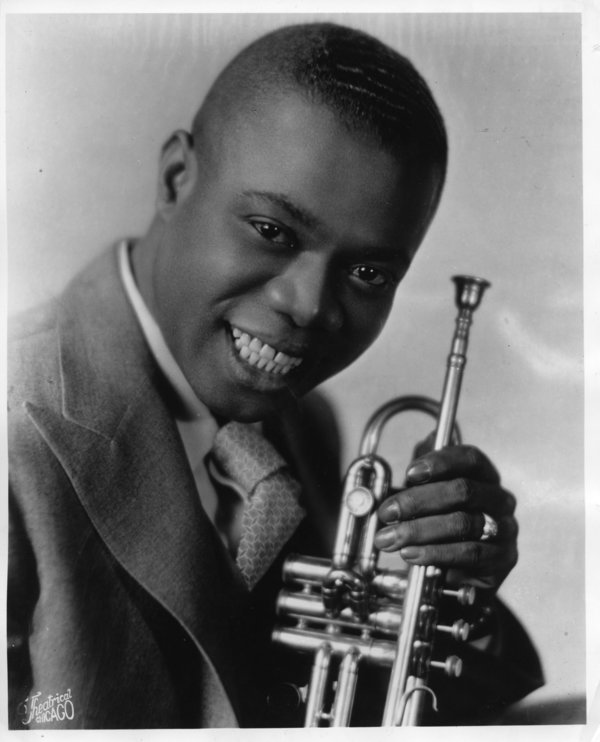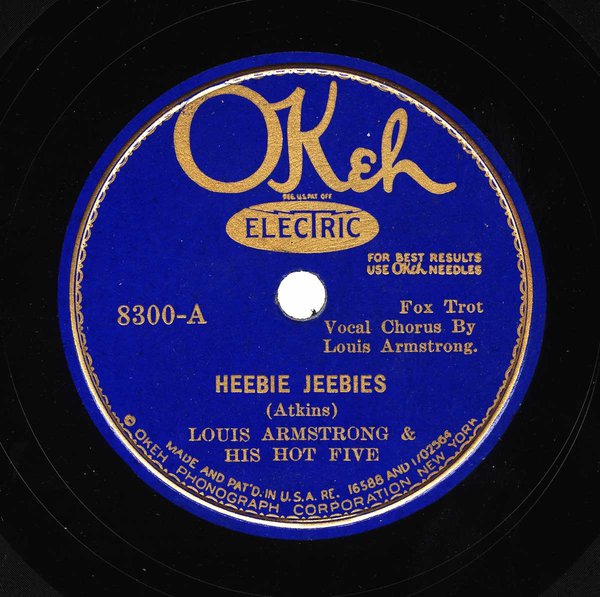Satchmo-Louis Armstrong
Satchmo. There are very few people in this country -- or around the world -- who will not recognize that name. Louis Armstrong was a living symbol of twentieth-century American culture. He revolutionized the world of music and became one of the nation's most influential entertainers. No other performer of his era had such a profound effect as a singer as well as an instrumentalist. In the six decade since he made his initial recordings, nothing has diminished the magnitude of his accomplishments.
Gary Giddins, one of America's preeminent Jazz critics, shows us the private as well as the public side of this legendary figure. His text, incorporating remarkable new research, divulges -- among many other fascinating aspects of this complicated man -- Armstrong's true birthdate (it wasn't July 4th, 1900). Giddins draws generously on a great treasure: more than 200 pages of personal manuscripts written by Armstrong over a period of twenty-five years, and never previously examined. The most intriguing examples of Armstrong's writings come from the Lucille Armstrong Collection at his home in Corona, Queens. They are supplemented by dozens of photographs from his scrapbooks never before seen by the public. The result is a book as entertaining as the man himself, and so true to the spirit of Satchmo that you can almost hear the music.
Satchmo. There are very few people in this country -- or around the world -- who will not recognize that name. Louis Armstrong was a living symbol of twentieth-century American culture. He revolutionized the world of music and became one of the nation's most influential entertainers. No other performer of his era had such a profound effect as a singer as well as an instrumentalist. In the six decade since he made his initial recordings, nothing has diminished the magnitude of his accomplishments.
Gary Giddins, one of America's preeminent Jazz critics, shows us the private as well as the public side of this legendary figure. His text, incorporating remarkable new research, divulges -- among many other fascinating aspects of this complicated man -- Armstrong's true birthdate (it wasn't July 4th, 1900). Giddins draws generously on a great treasure: more than 200 pages of personal manuscripts written by Armstrong over a period of twenty-five years, and never previously examined. The most intriguing examples of Armstrong's writings come from the Lucille Armstrong Collection at his home in Corona, Queens. They are supplemented by dozens of photographs from his scrapbooks never before seen by the public. The result is a book as entertaining as the man himself, and so true to the spirit of Satchmo that you can almost hear the music.








